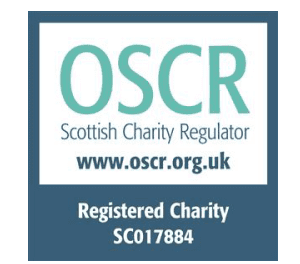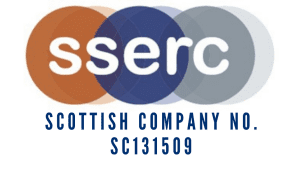Autoclaving is the preferred method of sterilisation of equipment. Only where it is impractical to autoclave (eg due to the materials used in construction of the equipment or because of its size) may chemical disinfection be used.
The preferred method of steam sterilisation is by using a thermostatically controlled autoclave. Certain pressure cookers of the domestic type are also suitable for small-scale work – contact SSERC for information.
Thermostatically controlled autoclaves require much less supervision and fewer control measures to achieve effective sterilisation safely.
Please note that autoclaves and pressure cookers are subject to the Pressure Systems Safety Regulations. See the following SSERC bulletin articles:
- https://www.sserc.org.uk/wp-content/uploads/Publications/Bulletins/259/SSERC_bulletin_259p8_9.pdf
- https://www.sserc.org.uk/wp-content/uploads/Publications/Bulletins/261/SSERC261p15_16.pdf
- https://www.sserc.org.uk/wp-content/uploads/Publications/Bulletins/262/SSERC-bulletin-262p15.pdf
Autoclave Check
Wear a lab coat and use eye protection. Wear protective gloves when handling hot equipment.
- The surface of the inside of the autoclave should be free of ‘pits’ where micro-organisms can lurk
- Check that seal in the autoclave lid is intact
- Use only distilled water NOT tap water as pitting can result if tap water is used
- Fill to the line inside the autoclave (~ 700 cm3)
- Place the trivet/rack at bottom and place basket on top
- Fill the basket with no higher than 2 layers of universals for large autoclaves (1 level for smaller ones)
- The maximum volume of liquid in any one container to be sterilised is 500 cm3
- Loosen bottle lids ¼ turn
- Autoclave bags should be twisted once, folded over loosely and placed in the autoclave with twist uppermost
- A Browne’s tube or time/temperature indicator strip* should be placed on top of materials to be autoclaved
- Close the lid and check that the vent and pressure valve are closed
121oC for 15 mins, or 126oC for 10 mins
*Autoclave tape does not confirm that sterilisation has been achieved. The tape can change colour with heat/steam outwith an autoclave and doesn’t guarantee that the autoclave has reached the appropriate temperature, pressure and duration required for sterilisation.
Disposal of waste after Sterilisation
Autoclave Bag
- After Sterilisation, and when cool, tie the top of the bag and discard with normal refuse.
Liquids (e.g. Broth cultures)
- After Sterilisation dispose of down the sink with lots of water.
Molten Agar (e.g. Slopes)
- After Sterilisation, small amounts can be disposed of down the sink with lots of water. Larger amounts should be bagged and discarded as refuse.
Broken Glass
- After Sterilisation, double bag and discard with normal refuse.



